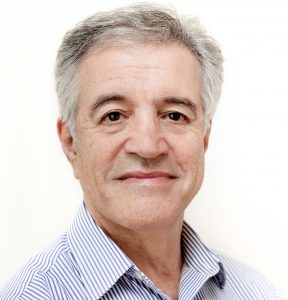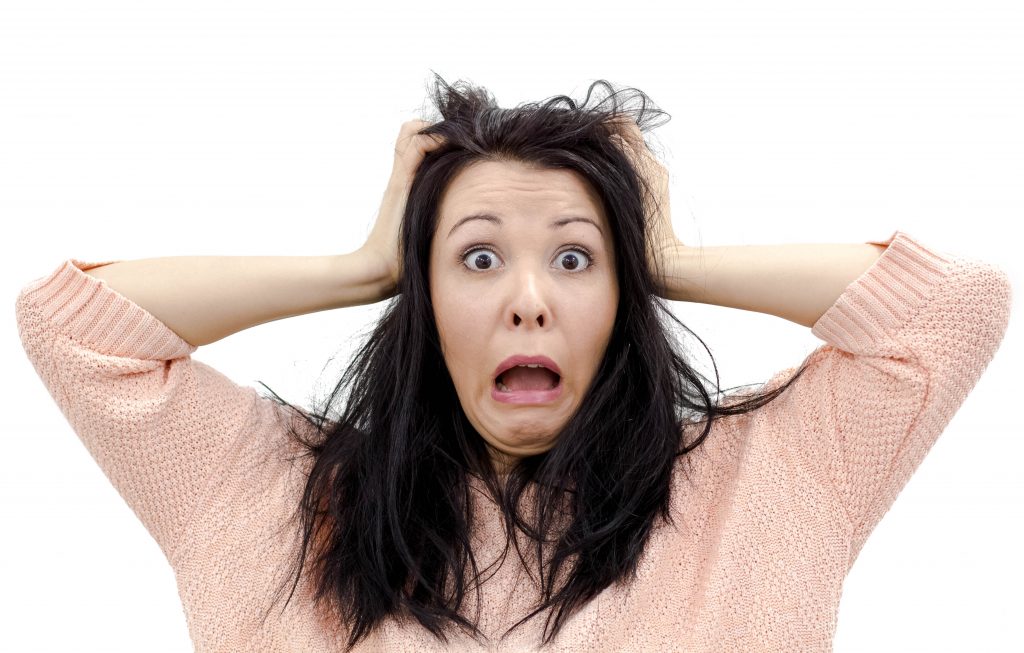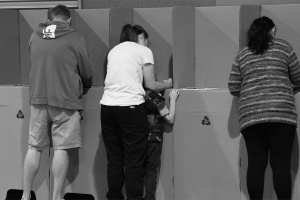
The ABC recently reported an alarming rise in child poisonings in NSW from vaping products. [link] With vaping’s rapid rise in popularity, we must ask the question: is it time to panic yet?
In 2022, the New South Wales Poisons Information Centre (PIC) received 213 calls about ‘exposure’ to e-cigarette fluid by children under the age of four. The NSW PIC handles about half the nations ‘poisoning’ calls — over 200,000 annually. However, a closer look at the data reveals a different story.
Exposures are not ‘poisoning’
The PIC reports are phone calls about actual or potential ‘exposure’ or a request for information, not ‘poisoning’. As the PIC states, “exposures do not necessarily represent a case of poisoning or overdose.”
Calls could include an enquiry from a worried parent that a child had touched a vape or placed a vape in their mouth. Many types of exposures like these would, at worst, result in minor throat irritation, which would quickly put an end to the experience.
There was not a single public report of actual ‘poisoning’, serious harm, or death in children under five from nicotine e-liquids in 2022.
Exposures are rare
For context, enquiries about accidental exposures to nicotine from e-cigarettes make up one or two per thousand calls to the PIC. Exposures by toddlers to detergents, toilet cleaners, paracetamol,

bleach and disinfectants are much more frequent and are far more harmful.
In fact, ‘poisoning’ reports by anti-smoking drugs actually which are used far less exceed those from nicotine e-liquid. In 2018 the Victorian PIC reported 21 calls about nicotine liquid in children less than five years of age. In comparison, there were about 106 calls about anti-smoking products (nicotine replacement therapies, varenicline and bupropion) during the same time.
Everything must be viewed in its correct context
To properly understand what this data means, it’s important to remember that every product has some risk. Every medication carries a long list of side-effects.
Any poisoning risk from vapes should be considered in the context of 21,000 annual deaths from smoking in Australia. Two out of three long-term smokers will die from their smoking and vape products can help many of them quit.
To create a safer environment for children, and the adult smokers who need these products to quit, current regulations need to be changed.
The current issue is the rampant black-market that is selling dodgy disposable vapes to young people at an alarming rate.
But the black-market is operating away from government oversight. Australia’s prescription-only laws for vaping have failed so spectacularly there is almost no legal market for vaping in Australia to regulate.
Instead, a properly regulated adult consumer market must be urgently considered in Australia, as it is in all other western countries. That way nicotine vaping products would be sold only to adults from licensed retail outlets with proper age verification and with clear nicotine warning labels.
Instead of bowing to the hysteria, it’s time for Australia to take a step back and consider solutions which will actually solve Australia’s vaping crisis whilst helping adult smokers quit deadly cigarettes.
[The writer is a member of the Smoking Cessation Guideline Expert Advisory Group that develops the RACGP Australian national smoking cessation guidelines. He is the Founding Chairman of the Australian Tobacco Harm Reduction Association, a registered health promotion charity dedicated to raising awareness of low-risk nicotine products as a substitute for smoking for smokers who can’t quit. He is also an Associate Professor in the School of Public Health and Community Medicine at the University of New South Wales until 2020. He is the author of a book, Stop Smoking Start Vaping]
More information about me is available at www.colinmendelsohn.com.au
[END]




